Why Is There Mold in My Toilet Bowl? 6 Likely Reasons
-

- Last updated:
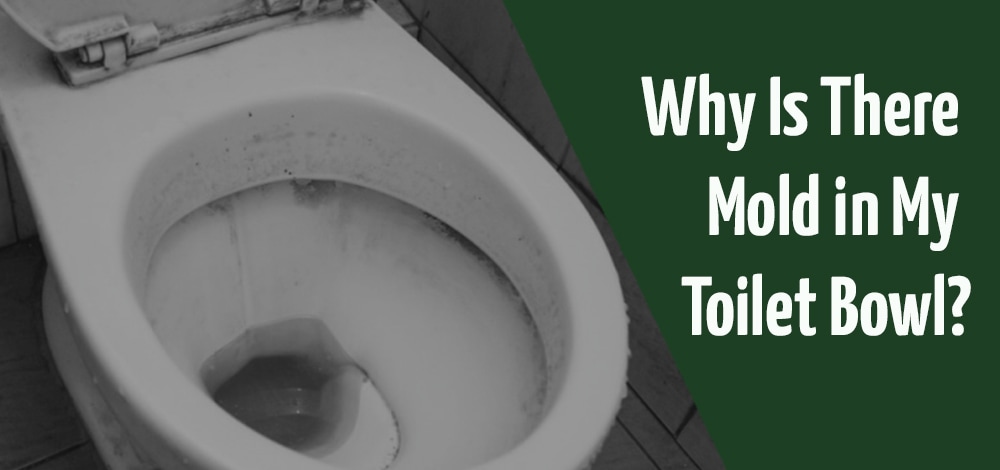
Did you know that your toilet is a perfect breeding ground for mold growth? Toilets have the proper moisture levels, providing the required nutrients for mold to survive and spread quickly.
Toilet mold is irritating, and those with prior experience will be anxious at the sight of its growth. Most people will be discouraged from using the toilet. The mold is not just disgusting, but it can cause health risks.
In this article, we look at the types of mold that may grow in a toilet, the likely causes of the mold growth, possible remedies, and other related questions. Keep reading for deeper insight.
How to Identify Mold in a Toilet Bowl
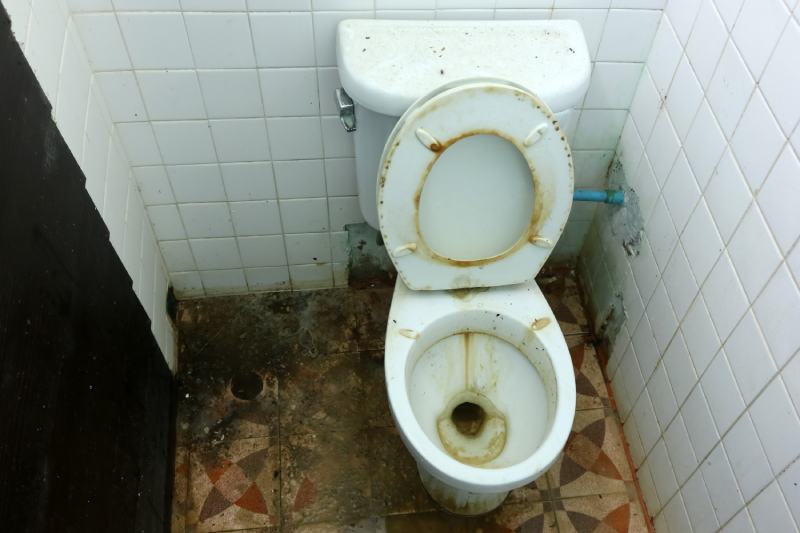
Out of thousands of molds in the United States, below are the most common types you can easily identify in your toilet bowl.1
Black mold: As the name describes them, you can easily identify black mold in the toilet bowl that has not been flushed for a while. Black molds survive in damp, dark closed places. Although they are easy to wash off, they can still grow back as soon as they get a chance. Their spores move from place to place by floating on air.
Pink mold: Pink mold forms a pink stain that is less mildew. Apart from pink, it can also grow in other colors like bright orange and red. It also thrives in wet environments like toilets and feeds on mineral residue and other substances like soap and shampoo.
Red mold: You may not see red mold at its initial stages; however, as it grows, you may see reddish patches.
White mold: White mold is not easily identified at its initial stages when growing in the toilet bowl, owing to its white color. Therefore, it is hard even to begin mold treatment as early as possible to prevent further spreading. However, as it grows, the white mold might start changing its color, making it easier to notice.
Green mold: Green mold often grows on the sides of the toilet bowl or above the water level. It also thrives in damp and dark places.
Consult a PLUMBING expert
Find a plumbing specialist in your area, and get free, no-commitment estimates for your project.

The 6 Reasons Why Mold Grows in Toilet Bowls
Molds are fungi that thrive in moist environments by producing microscopic seeds known as spores. The spores are carried and spread in water, air, and by insects to other favorable environments where they grow into molds. After a while, you may notice mold growth in your toilet bowl.
Below are reasons why mold can easily grow in a toilet.
1. Stagnant Toilet Water
A toilet that has not been flushed for days creates an excellent environment for mold to grow. When water has been left in the bowl for a while, it gives time for the spores to settle and grow. Flushing ensures the passage of chlorination that automatically destroys any attempt of mold to grow in the toilet bowl.
2. Darkness and High Humidity
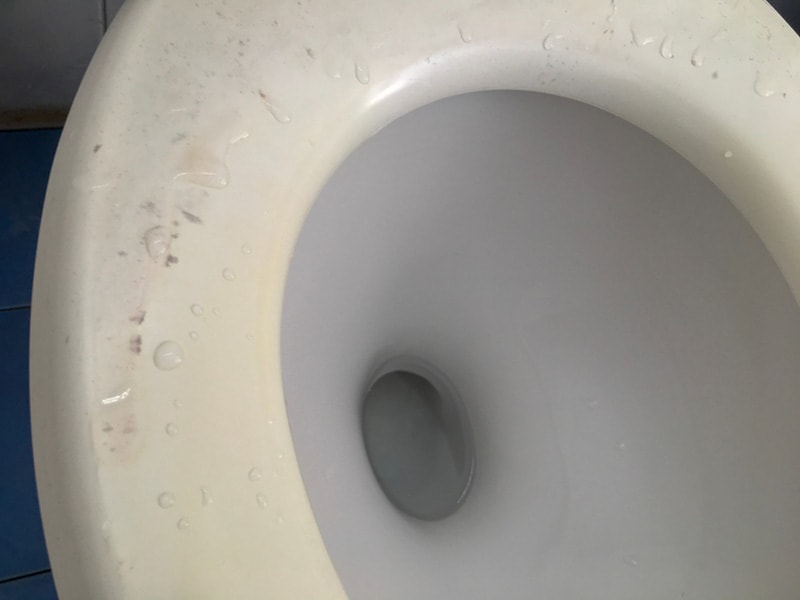
Darkness contributes significantly to mold growth. The mold-growing environment becomes even more convenient when the toilet lid is closed.
Mostly, the mold will affect the toilet bowl’s parts, which rarely get light, like the inside part of the rim. This part is vulnerable to mold growth because it is highly moisturized and always dark.
In most cases, when mold begins to grow under the bowl’s rim, even cleaning with disinfectant becomes difficult.
3. Hard Water Deposits
The minerals found in hard water provide the mold with the proper nutrients required for its survival and growth. So, when using hard water to flush or clean your toilet, be sure that you supplied the mold with enough food and nutrients to survive and continue existing in your toilet.
4. Improper Cleaning
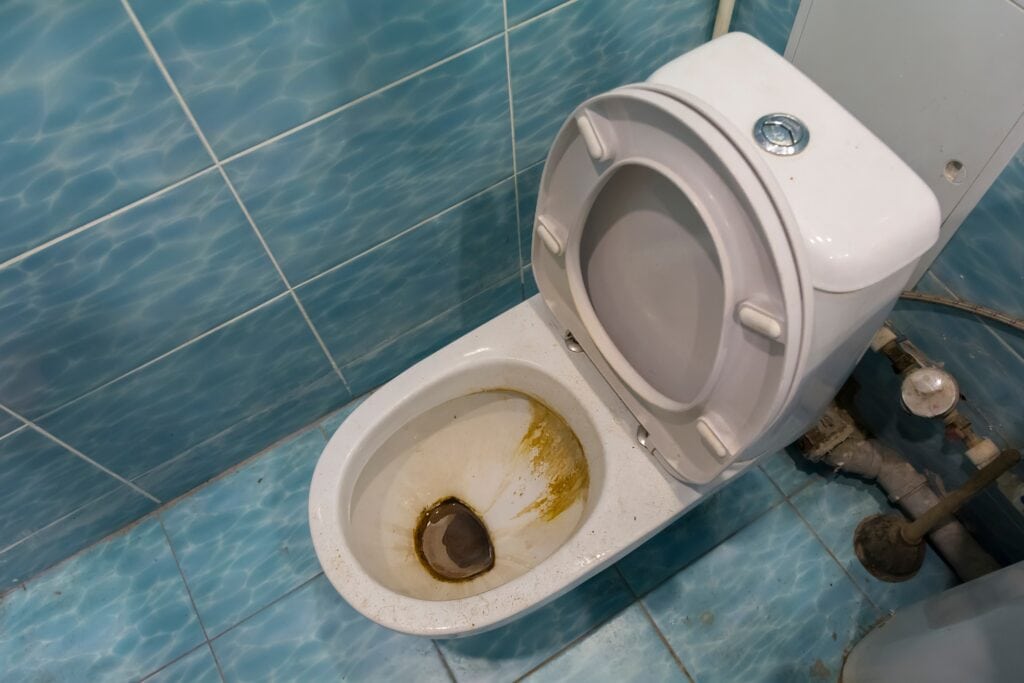
Besides moisture and darkness, dirt also leads to mold growth in the toilet bowl. Your toilet needs more than just flushing every time you use it. Make a habit of scrubbing the bowl with friendly detergents and disinfectant to disrupt any attempt of molds that are trying to grow.
5. Urine pH
The pH level of urine may encourage mold growth in your toilet bowl. Mold grows excellently in the presence of sugar. Therefore, anybody suffering from diabetes releases excess sugar via urine and sweat. The released urine filled with glucose acts as food for the mold in the toilet.
6. Presence of Mold in the Water Supply
It is possible to keep struggling with mold in your toilet bowl if the source is the water supply from the pipes or tank. If this is the case, each time you flush your toilet, even after a thorough cleaning, mold re-establishes itself on the walls of the toilet bowl.
How Dangerous Is Toilet Bowl Mold?
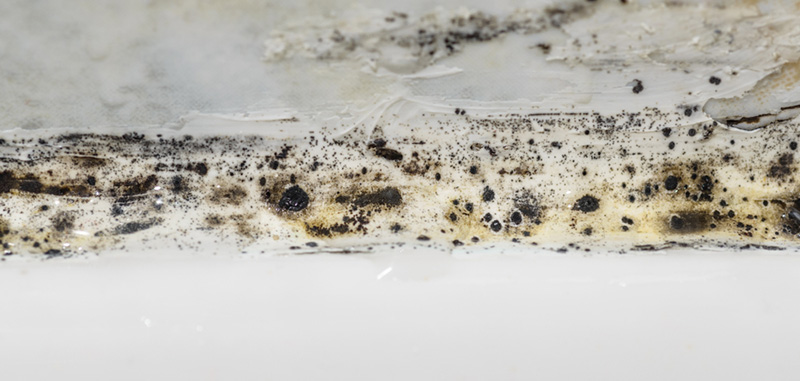
Molds grow by spreading their spores through water, air, or with the help of insects like cockroaches and flies. As the spores are produced, they are released alongside a chemical known as mycotoxins. According to the Centers for Disease Control and Prevention, mycotoxins are dangerous and can easily cause health issues like headache, asthma, skin rashes, red itchy eyes, stuffy nose, and shortness of breath.
Even though it has been established that mold can cause all the above allergic reactions, no known test can be carried out to explain to a patient when and how they got exposed to the mold. Exposure to mold affects people differently; some are more vulnerable to it than others. For instance, newborns, children, the elderly, and people with weak immune systems will likely be significantly affected when exposed.
Suppose there are some pink and brown molds in your toilet; you will likely experience gastrointestinal issues, respiratory infections, and urinary tract infections. If you have an open wound exposed to pink and brown mold, the wound will probably get infected. Pets and those managing chronic diseases are at the highest risk of being affected by pink and brown molds.
Red mold is not as dangerous as black, pink, and brown; however, it can easily cause an extreme allergic reaction for those with a compromised immune system. On the other hand, white mold is the most difficult to identify in the toilet, especially since the toilet bowl itself is white. This makes it the most dangerous type of mold; you can never know its existence until you begin to experience allergic reactions like respiratory infections, dizziness, headaches, and eye and skin irritations.
The 5 Ways of Preventing the Growth of Mold in Your Toilet Bowl
Prevention is always better than dealing with the real situation. Therefore, the best way to prevent mold growth is to ensure mold spores do not spread in your toilet. The following tips will come in handy.
1. Clean Your Toilet Regularly
Ensure your toilet has been thoroughly washed with detergent and is disinfected at least once every two days. The more you clean your toilet, the more you reduce the chances of mold surviving. The spores will not be able to settle and develop into full-grown mold.
2. Always Flush the Toilet After Use

As earlier stated, the glucose in your urine is food for mold. Therefore, each time you do not flush the toilet in a bid to save some water, you endanger your health by encouraging the survival of mold in the toilet. Ensure to flush the toilet and rinse off any nutrients that may enhance the survival of mold in the toilet bowl.
For the toilet you rarely use in the house, make sure to flush it at least once daily. Also, lift the lid to avoid darkness inside the bowl; mold thrives where there is stagnant water and darkness.
3. Allow Ventilation Into the Toilet
Open the window to your toilet so that fresh air gets in. It is much better if sunlight can also get in through the window. Chlorophyll produced by sunlight is known to reduce or disrupt mold growth. Sometimes it also helps when you leave the lights of your toilet on during the night. Mold hardly grows in the presence of bright light and sunlight.
4. Use a Bathroom Humidifier
A bathroom humidifier is efficient, especially if your toilet cannot access adequate ventilation. Ensure to use the bathroom humidifier for at least 30 minutes after thoroughly washing your toilet. The humidifier will prevent mold growth in the toilet bowl and other places like under the tank and the toilet floor.
5. Make Use of Vinegar
The bacteria-killing properties of vinegar will prevent mold from growing in the toilet bowl. Pour at least a cup of vinegar into the tank several times a week to act as a disinfectant. That way, each time spores attempt to attach themselves to the toilet bowl, they are terminated when you flush the toilet.
How to Treat Mold in Your Toilet Tank and Bowl
Suppose you already have mold growing in your toilet bowl; the following methods will help you eliminate them. The requirements to eliminate mold in the methods below are easily accessible, and other cleaning agents may already be in your pantry.
Using Hydrogen Peroxide
Apart from sterilizing wounds, hydrogen peroxide is also perfect for killing germs and eliminating molds. All you need is a cup of hydrogen peroxide and a toilet scrubbing brush. Pour it into the toilet bowl and use the toilet brush to scrub thoroughly. Also, scrub underneath the toilet rim; this is where most molds hide and come back almost immediately after your thorough cleaning.
Let the hydrogen peroxide soak in the toilet bowl for about 15 minutes. You will observe the formation of bubbles; that is when you know it is working. Use your toilet brush one more time before you finally flush your toilet to rinse it clean.
Using Vinegar and Baking Powder
Both vinegar and baking powder are known for their strong cleaning properties and for killing germs. Both can work as strong eliminators of mold if used appropriately. You will need two cups of vinegar. Pour one cup into the toilet bowl where the mold has grown. Pour the second cup into the toilet tank just in case the mold has also grown in the tank. You wouldn’t want to waste time cleaning the toilet bowl to eliminate mold only to introduce others from the toilet tank.
Sprinkle some powder in the toilet bowl and under the rim. Let it sit for an hour to allow the vinegar and baking powder to deal with the mold. After one hour, scrub the bowl using the toilet brush without forgetting the rim. Ensure you use water that contains vinegar while scrubbing as well.
Once you are satisfied with the scrubbing, allow the toilet to sit for 15 more minutes, then flush it. It is advisable to allow the toilet to rest for a few hours before using it again. Make a habit of pouring some vinegar in the toilet tank several times weekly to keep the mold from growing.
Using Bleaching Products

Some bleach-cleaning products are perfect for removing mold in the toilet. However, do not go for the most corrosive product that may erode the surface of your toilet, leading you to other unexpected expenses.
Also, make sure that you read the usage instructions very well. Most bleaching products need to be diluted with water before they are used, therefore, do not just rush to pour an entire bottle of bleach into the toilet before reading the instructions.
You could habitually pour bits of the bleach into the toilet tank several times a week to keep the toilet free from reoccurring molds.
Use a Steam Cleaner
Mold can also be removed using a steam cleaner. Ensure the steam cleaner is set at high pressure and the nozzle directly faces the grown mold in the toilet bowl and under the rim. You may as well steam the edges and the hinges of the toilet to also kill germs and loosen any other type of dirt.
When done with steaming, you may rinse off the loosened mold and dirt with water containing some vinegar. Repeat the process if you are not satisfied with the outcome.
Conclusion
Mold will grow in the bowl of your toilet due to several reasons like stagnant toilet water, darkness, high humidity, improper cleaning, hard water deposits, the pH of your urine, and mold presence in the water supply.
You can eliminate the mold using cleaning agents like hydrogen peroxide, vinegar, baking powder, bleaching products, and a steam cleaner.
Once you are done with eliminating the mold, prevent future recurrence by cleaning your toilet regularly, always flushing the toilet after use, allowing ventilation into the toilet, using a bathroom humidifier, and adding vinegar to the toilet tank frequently. If the above does not work for your mold problem, you may be having a huge mold issue in your home. Consider seeking professional help.
Featured Image Credit: ThamKC, Shutterstock
Contents




